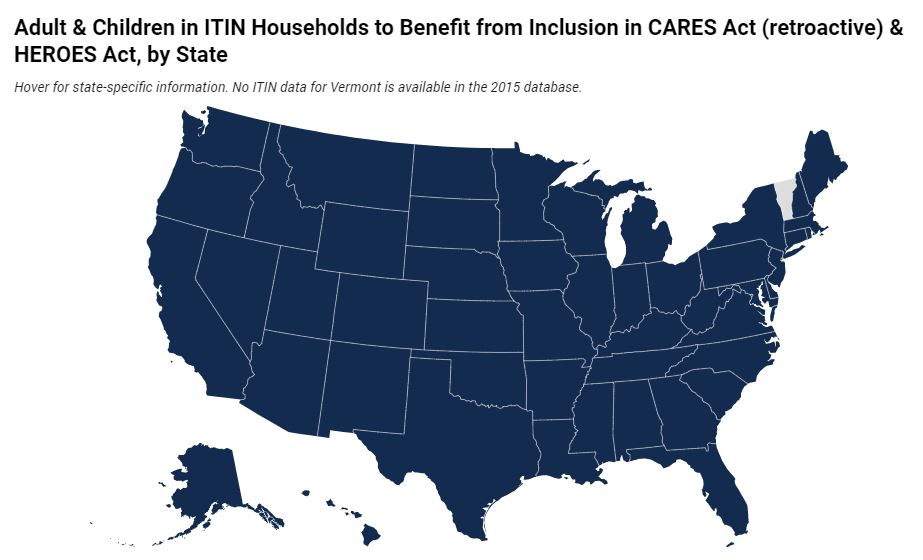National and state-by-state data available for download
On Dec. 28, the House of Representatives passed the Caring for Americans with Supplemental Help (CASH) Act of 2020, which would increase the cash payment recently provided by Congress from $600 per person to $2,000 per person, among other changes.
New estimates from ITEP compare the impacts of $2,000 payments to $600 payments, which are illustrated in the graph below and in the spreadsheet that can be downloaded above.
The CASH Act would have a significant impact for the lowest-income 60 percent of people. This group, with projected incomes below $65,000 in 2020, would see an average income increase of 11 percent by a $2,000 payment, compared to about 3 percent by the $600 payment.
The difference would be even more dramatic for the poorest 20 percent, those with projected incomes of less than $21,300 in 2020. They would see their income increase by about 29 percent by the $2,000 payment, compared to 8 percent by the $600 payment.
The CASH Act maintains the same income limits as the $600 payments, gradually reducing payments for those with adjusted gross income (AGI) exceeding $75,000 for singles, $112,500 for single parents, and $150,000 for married couples.
For households with AGI below these levels, the CASH Act would generally provide payments for each member of the household. This is a change from the $600 payment, which excludes dependents age 17 or older.
The $600 payment is the second cash payment broadly provided by Congress. The first was the $1,200 payment for each tax filer and spouse, plus $500 for each child under age 17, that was provided by the March CARES Act. The CASH Act would retroactively expand the CARES Act’s $500 payment to include dependents age 17 and older, but that change is not included in these estimates.
ITIN Filers
These figures do not include the potential impact on households that have at least one family member filing taxes with an Individual Taxpayer Identification Number (ITIN) instead of a Social Security Number (SSN).
Immigrants working in the United States who file taxes using an ITIN, as well as their citizen spouses and children, were left out of CARES Act payments. Critics rightly noted the restriction for ITIN filers and their family members is counterproductive for a cash payment program intended to prop up the economy and help those likely to be hit hardest by the pandemic and its financial consequences. A COVID relief package passed by the House Democrats months ago would allow cash payments for all ITIN filers and their family members.
The recent provision for the $600 payment takes an in-between approach of not allowing payments for ITIN filers, but, in the case of a family where one parent has an ITIN and another has a Social Security Number, payments are allowed for family members that have a SSN. This could benefit up to 1.7 million adults and 3.7 million children in these households and provide up to (roughly) $3.2 billion in payments not shown in the figures above. If Congress enacts the CASH Act to increase the amount to $2,000, up to (roughly) $10.8 billion not shown in these tables would go to these families.





